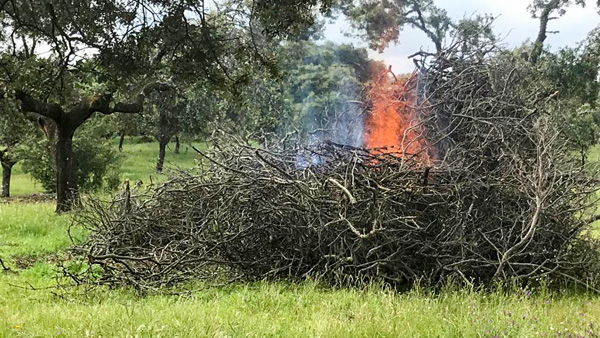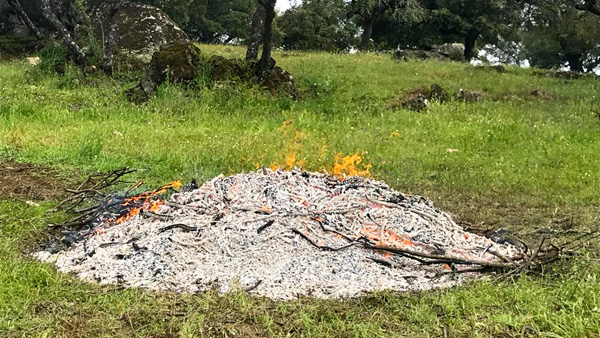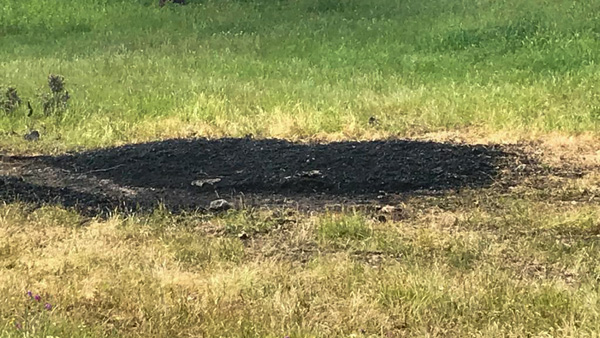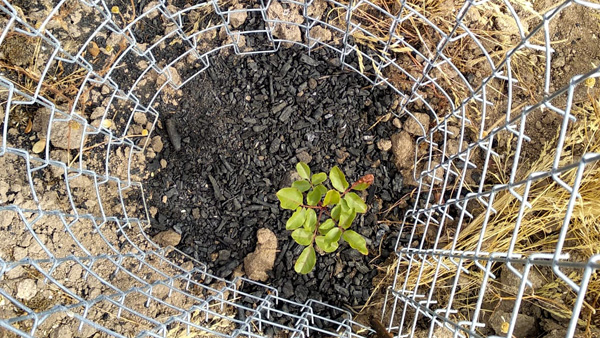The Future Depends on our Ability to Adapt: Biochar
18/05/2021
Biochar is char resulting from pyrolysis or controlled combustion of plant biomass, hydrated and inoculated to become biologically active. Its high porosity, surface area (up to 300m2/g) and cation exchange capacity (CEC), allows it to incorporate up to five times its own weight in water and dissolved nutrients. These properties make biochar not a fertilizer, but rather a nutrient storage and transport agent and an ideal habitat for beneficial microorganisms.


Several studies have concluded that its application in agriculture leads to increased crop yields (substantially if the soil is in poor condition), mitigates fertiliser run-off and nutrient leaching, and maintains adequate soil moisture levels. Additionally, it restores depleted or marginal soils with organic carbon and fosters the growth of soil microorganisms essential for nutrient uptake, particularly mycorrhizal fungi. The carbon in biochar can remain stable for millennia, providing a simple, economical and sustainable means of sequestering historical carbon emissions, technologically feasible for both developed and developing countries.


To work as a soil amendment, it is not enough to just manufacture the charcoal and apply it to the soil - given its high CEC, porosity and surface area it can even have a negative effect in the first year, absorbing nutrients from the soil and making them unavailable to plants in the first season of application. Therefore, it is necessary that this charcoal is previously hydrated and inoculated with microorganisms.
To maximise the surface area, it is crushed and turned into powder (the greater the surface area, the better). This powder is then transferred to a suitable container and left for 2 weeks to soak (in water, or preferably in an aqueous nutrient solution such as urine or compost tea, for example). Subsequently, to inoculate the hydrated charcoal, it is mixed evenly with healthy aerobic compost, adding continuously as the compost is turned, and left for 2 weeks to be fully colonised. Manure from on-farm livestock facilities can also be used instead of compost, provided this material is well matured.


Approximately 50% of the carbon absorbed by plants as atmospheric CO2, and fixed in their tissues throughout their growth, is retained in the biochar when it is created from plant biomass. Being in practice charcoal, it shows low chemical and biological reactivity, and is therefore essentially inert and strongly resistant to decomposition. Thus, its incorporation into the soil offers the opportunity to remove excess CO2 from the atmosphere and sequester it in a virtually permanent and environmentally beneficial way.

